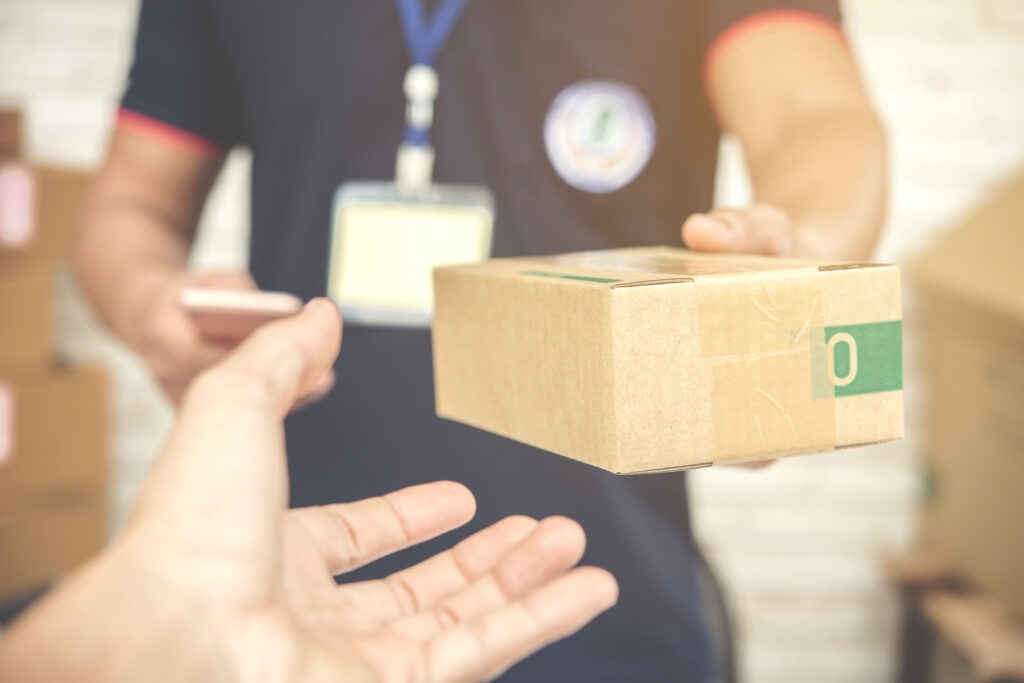
The increasing awareness of climate change has led to a growing demand for sustainable shipping solutions. Customers are now looking for eco-friendly options when it comes to shipping their parcels. As a result, companies are exploring innovative ways to reduce their carbon footprint in the parcel shipping industry.
One of the major areas that companies are focusing on is packaging materials. Traditional packaging materials, such as plastic and Styrofoam, can take hundreds of years to decompose, leading to long-term environmental damage. Many companies are now exploring new materials that are more sustainable, such as biodegradable plastics and plant-based materials.
One company that is leading the way in sustainable packaging is Ecovative Design. The company produces a packaging material called MycoFoam, which is made from mushroom roots and agricultural waste. This material is fully compostable and biodegradable, making it an excellent alternative to traditional packaging materials.
Another area of focus for companies is waste reduction. By minimizing waste, companies can reduce the amount of material that ends up in landfills, reducing their carbon footprint. One company that is taking waste reduction seriously is UPS. The company has implemented a program called “We Love Logistics” which focuses on reducing packaging waste by using more efficient packaging materials and optimizing packaging sizes. This program has resulted in a 36% reduction in packaging material waste since 2009.
Optimizing delivery routes is another important aspect of reducing a company’s carbon footprint. By reducing the distance that parcels need to travel, companies can reduce fuel consumption and emissions. One company that is using technology to optimize delivery routes is Amazon. The company uses sophisticated algorithms to calculate the most efficient routes for its delivery vehicles, reducing the number of miles that need to be driven and minimizing fuel consumption.
In addition to these examples, many companies are also exploring other sustainable shipping solutions. For example, DHL has implemented a GoGreen Program that aims to reduce the company’s carbon footprint by 30% by 2025. This program includes initiatives such as using electric delivery vehicles, implementing energy-efficient lighting in warehouses, and reducing packaging waste.
FedEx is also committed to sustainability and has set a goal to achieve carbon-neutral operations by 2040. The company is investing in electric and hybrid vehicles, optimizing delivery routes, and implementing energy-efficient technologies in its warehouses to reduce its carbon footprint.
In conclusion, sustainable shipping solutions are becoming increasingly important in today’s world. As environmental concerns continue to grow, companies are under pressure to reduce their carbon footprint and implement more eco-friendly practices. By exploring new packaging materials, reducing waste, and optimizing delivery routes, companies can take steps to reduce their environmental impact and meet the growing demand for sustainable shipping options. With the examples of companies like Ecovative Design, UPS, Amazon, DHL, and FedEx, it’s clear that sustainable shipping solutions are not just a trend, but a necessary step towards a more sustainable future.
